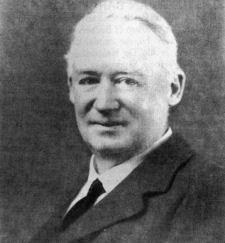 Sir Percy Fitzpatrick
In Britain, at 11 o’clock on 11 November 1919, the first two minute’s silence was used to mark the first anniversary of the Armistice. The idea came from Sir Percy Fitzpatrick who had served as high commissioner in South Africa during the First World War. He modelled the silence on a practice he had observed over there known as the ‘three minutes’ pause’:
Sir Percy Fitzpatrick
In Britain, at 11 o’clock on 11 November 1919, the first two minute’s silence was used to mark the first anniversary of the Armistice. The idea came from Sir Percy Fitzpatrick who had served as high commissioner in South Africa during the First World War. He modelled the silence on a practice he had observed over there known as the ‘three minutes’ pause’:
“At noon each day, all work, all talk and all movement were suspended for three minutes that we might concentrate as one in thinking of those – the living and the dead – who had pledged and given themselves for all that we believe in.”
It seemed an ideal way to honour the dead, console the bereaved and recognise the sacrifices of servicemen and women. However, three minutes was deemed too long and on November 7 the plans for a two minute silence, to mark the armistice, were officially announced by King George V. The silence proved to be a great success. Almost everyone was keen to observe it and, particularly in the hustle and bustle of cities, the silence was deafening, as this report from Plymouth suggests:
“For two minutes after the hour of eleven had struck yesterday morning Plymouth stood inanimate with the nation… Two minutes before the hour the maroons boomed out their warning in one long drawn out note… As the hour struck a great silence swept of the town. People halted in their walks, chatter ceased as if by magic, traffic stopped and the rumbling note of industry stayed.”
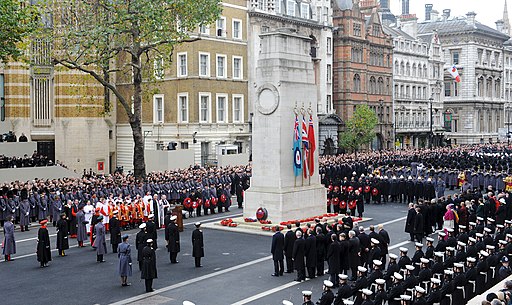 Cenotaph, London during a two minutes' silence
After the Second World War, it became necessary to recognise the sacrifice of a new generation of soldiers. It was decided a single day to remember the dead, one that wasn’t so strongly associated with the First World War, would be most appropriate. From 1945, a two minutes’ silence was observed on the Sunday before Armistice Day instead.
Cenotaph, London during a two minutes' silence
After the Second World War, it became necessary to recognise the sacrifice of a new generation of soldiers. It was decided a single day to remember the dead, one that wasn’t so strongly associated with the First World War, would be most appropriate. From 1945, a two minutes’ silence was observed on the Sunday before Armistice Day instead.
In 1995, the British Legion successfully campaigned to reintroduce the two minutes’ silence on 11 November. Today the silence is observed in addition to Remembrance Sunday – a remarkable proof of the enduring legacy of the First World War.
This article extract was originally published in our print item 'The First World War Experienced', a free booklet providing a close-up look at some of the experiences of the First World War and its commemoration. The booklet was written in association with the BBC/OU co-production Britain's Great War.
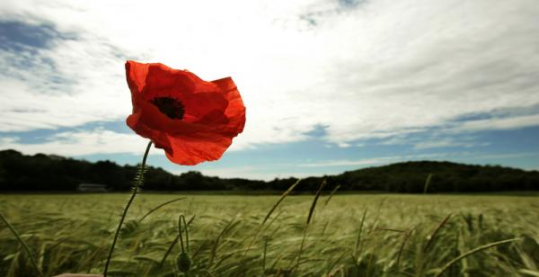
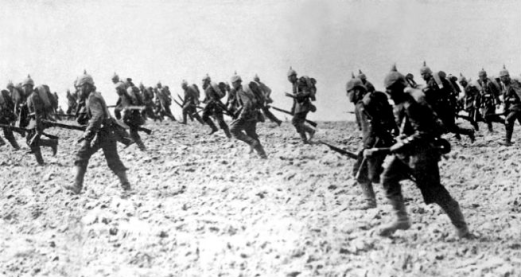
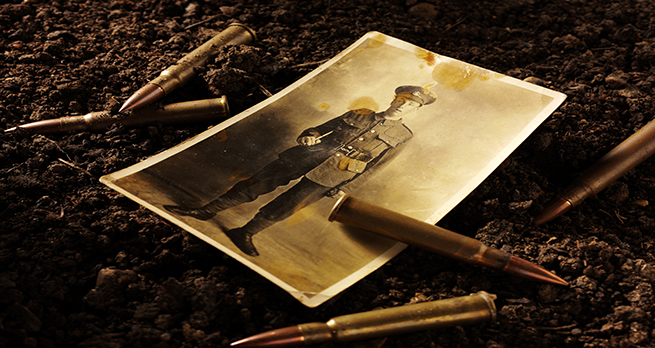

Rate and Review
Rate this article
Review this article
Log into OpenLearn to leave reviews and join in the conversation.
Article reviews